Olympus mju 830 Review
Olympus mju 830
With the sort of weather we've been having lately, a rainproof camera should sell well.

Verdict
Key Specifications
- Review Price: £190.00
Back in September last year I reviewed the Olympus mju 760 and mju 780, a pair of 7.1-megapixel cameras which at the time represented the bottom and middle of the Olympus’ premium range of weatherproof pocket compacts. While both of these cameras are still just about available, the top of the range is now covered by today’s camera, the new 8-megapixel mju 830.
A quick glance at the pictures of the camera on this and the next two pages will quickly tell you that the mju 830 is simply an upgraded version of the 780. It has exactly the same all-metal body with the same dimensions (99.6 x 55.1 x 24 mm) and the same weight (125g minus battery); it has the same 5x zoom lens with the same focal length range (36 – 180mm equivalent); it has the same 2.5-inch 230k LCD monitor, and apart from the more powerful sensor it has exactly the same specification. That’s not entirely a bad thing, because the mju 780 is a very well designed camera, and the same can of course be said of the 830. The body shape is very slim, with an attractive wedge shape that means it slips comfortably into a pocket, but its still comfortable and easy to hold.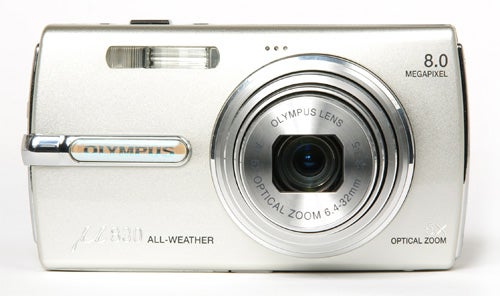
The mju 830 is currently available for around £190, which compares favourably with other 8MP image-stabilised compacts with longer zooms, such as the Canon IXUS 860 IS (£215), or the Panasonic FX-33 (£215). Its closest competition may be the new Nikon CoolPix S510, also £190, although that camera has only a 3x zoom lens and isn’t weatherproof.
Like the 780 and all the other models in the mju range that don’t have “SW” in their name, the 830 is weatherproof. That means you can use it in the rain without a problem, but it is not actually immersion waterproof. The exact specification is “IEC standard publication 529 IPX4”, which means it should be able to withstand water splashed from any direction, but does not specifically include resistance to dust or dirt. It also says nothing about shock resistance, nonetheless the mju 830 is very well made, and despite its low weight it feels very solid and robust.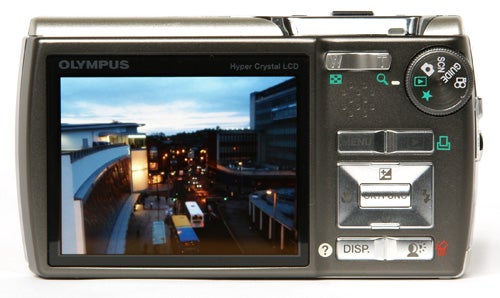
The control layout, also identical to the 780, is excellent, with large easy-to-use buttons with illuminated lettering, making them much easier to see in the dark. The controls are very simple and straightforward, as befits a very simple point-and-shoot camera. The main mode dial has only six settings, including the standard program auto mode, a scene mode with 22 options, a “favourites” album playback mode, the very useful Guide mode found on many Olympus compacts, and a movie mode. Or at least, that’s what they call it. We’ll come back to that later. The main menu is also very simple, although as usual it has a superfluous start page. Camera menu options are limited to white balance, ISO, drive mode, two metering options (ESP or spot), three AF options (face detect, spot or iESP) and a panorama stitching mode. As well as this there is also a small function menu for commonly-used shooting options, including another appearance by ISO, white balance and drive mode, as well as the option to choose full auto, which disables even more of the camera’s options in favour of total auto-everything simplicity. 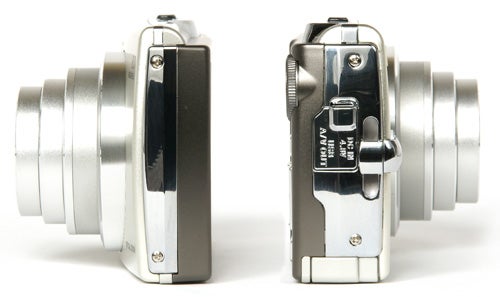
Although the 830 has a very limited range of features, those that it does have are useful. The 5x zoom range gives it a bit more versatility than your average compact, although it would have been even better if the wide-angle end of the zoom range was a bit shorter than 36mm. The 180mm telephoto end is useful though, especially when combined with the dual anti-shake system. This consists of both a moving sensor image stabiliser and an ISO booster to provide a faster shutter speed. Fortunately it is possible to override this part of it by manually setting the ISO, in which case it is possible to take sharp hand-held shots at around 1/15th of a second, which is pretty good. Some other features are also very good, such as the LCD monitor which is very sharp with an excellent refresh rate, and has an exceptionally wide angle of view. Others are not so good, such as the movie mode, which like that on several other Olympus compacts is rather poor. It can shoot at 640 x 480 resolution and 30 frames per second, but only for 10-second clips. If you want longer clips you have resort to 320 x 240 (QVGA) resolution, which gives you 29 minutes of shooting time, but only at 15fps. With a number of rival cameras now offering 720p HD movies at 30fps the 830’s video mode looks pretty weak by comparison.
Overall performance is also something of a mixture. Start-up time is a very quick 1.3 seconds, and in single-shot mode at maximum picture quality it can take a shot every two seconds. In continuous shooting the performance depends on the type of memory card used. With the faster xD card type H it can maintain an impressive 1.1 shots per second until the card is full. Using the slower type M cards however it shoots at one frame per second and is limited to a three-shot burst before it has to pause to empty the buffer, which is rather less impressive. There is also a high-speed burst mode capable of nearly four shots per second, but only at 3-megapixel resolution. Battery duration from the 740mAh li-ion rechargeable seems to be excellent, but like the 780 it also has an unhelpful charge level meter with only two settings. Low light performance is good, and despite the lack of an AF assist lamp the camera focuses well in quite dark conditions.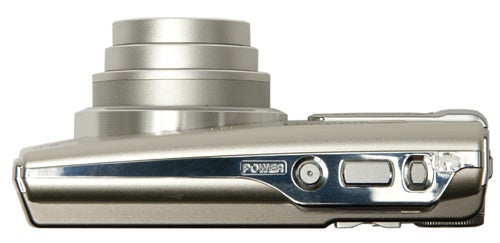
When it comes to picture quality, the results are surprising, but not in a good way. As I’ve mentioned, the 830 is an update of the 780, so you’d expect that it would have accordingly superior image quality. However in every respect except that of image size the performance of the two cameras is all but identical, in fact I found more corner blurring in the images from the 830. The level of detail, degree of barrel distortion, and centre sharpness are virtually identical, and it even suffers from the same mid-tone image noise at all ISO settings from 200 upward. However like most Olympus cameras exposure metering is superb, colour reproduction is very accurate and even dynamic range is pretty good for a small-sensor compact. All in all, the mju 830 is a good value pocket compact, but not really a big improvement on the mju 780.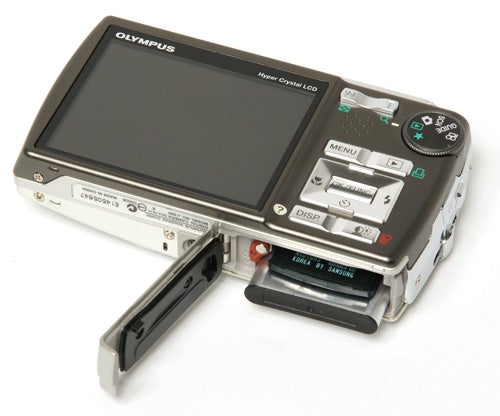
”’Verdict”’
The Olympus mju 830 is a well-made and well-designed camera with a better than average zoom range and the advantage of being fully weatherproof. It performs well, especially with a type H memory card, and it also features mechanical image stabilisation. Its price compares well to the competition, but sadly its picture quality does not, with no better performance than the cheaper mju 780.
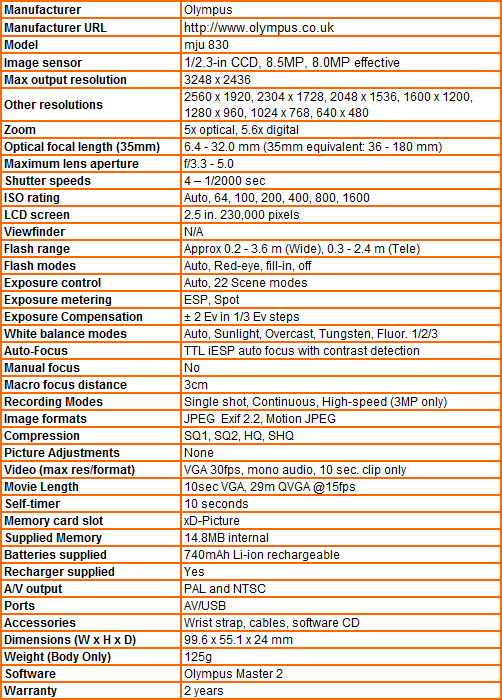
”A range of test shots are shown over the next few pages. Here, the full size images at the minimum and maximum ISO settings have been reduced for bandwidth purposes to let you see the full image, and a series of crops taken from original full resolution images at a range of ISO settings have been included in order for you to gain an appreciation of the overall quality.”
—-
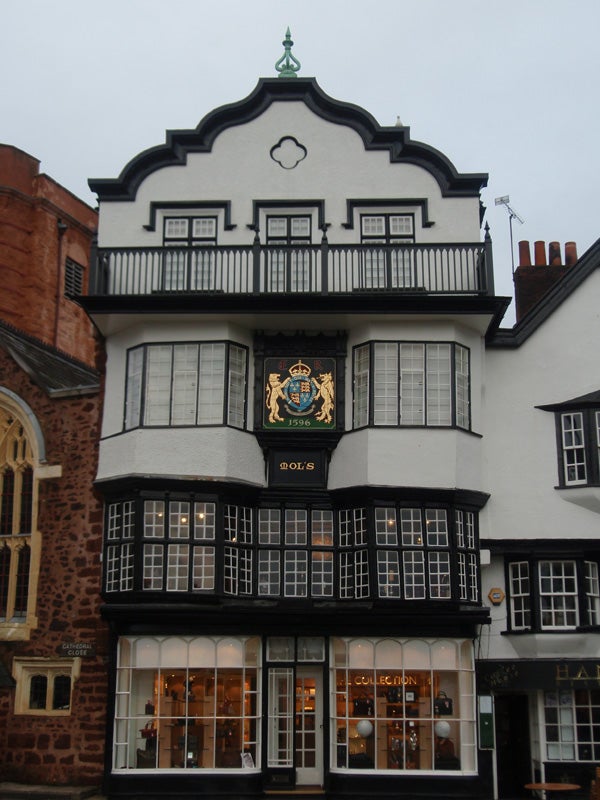
In weather like this I can do my ISO shots outdoors. This is the full frame at 64 ISO.
—-
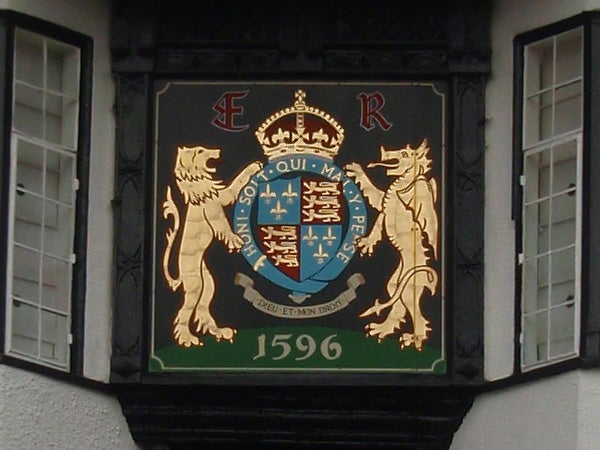
As expected the image quality at 64 ISO is very good.
—-
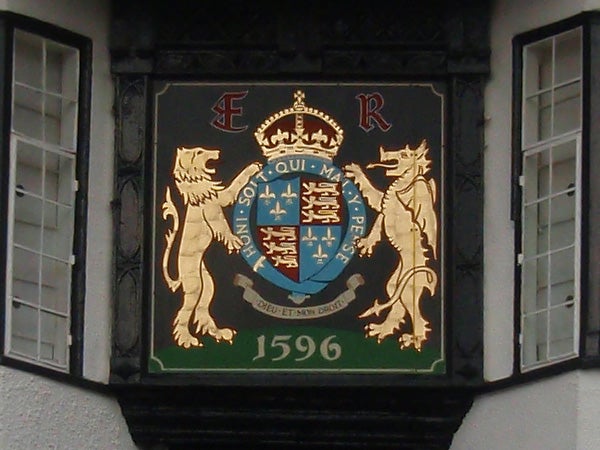
Trouble starts to appear even at 100 ISO, with colour mottling in darker areas and some mid-tone noise.
—-
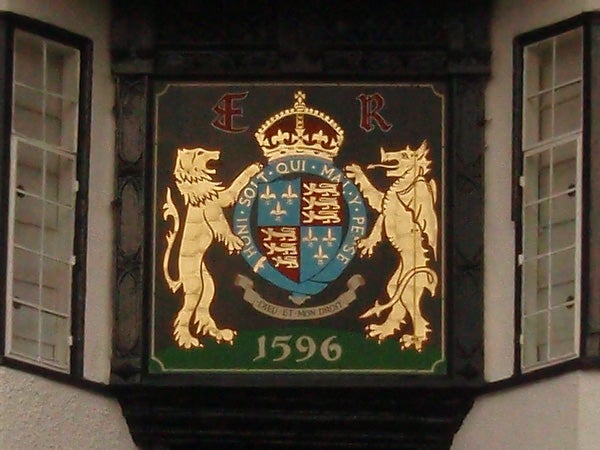
At 200 ISO there seems to have been a hiccup in the auto white balance system. There is also more visible noise, especially in the mid-tone areas.
—-
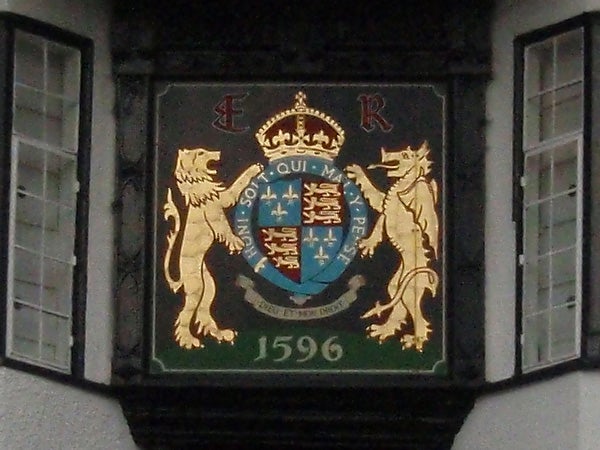
Colour is back to normal, but at 400 ISO there is significant noise in all areas.
—-
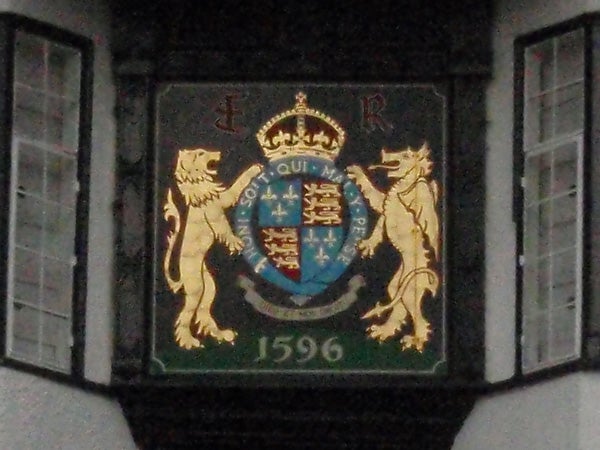
The level of detail drops dramatically at 800 ISO.
—-
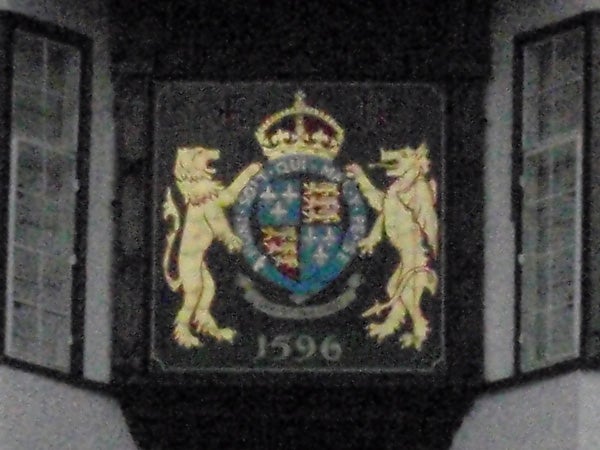
At the maximum 1600 ISO, the image quality is terrible, and only the brightest colours are recorded. What happened to green?
—-
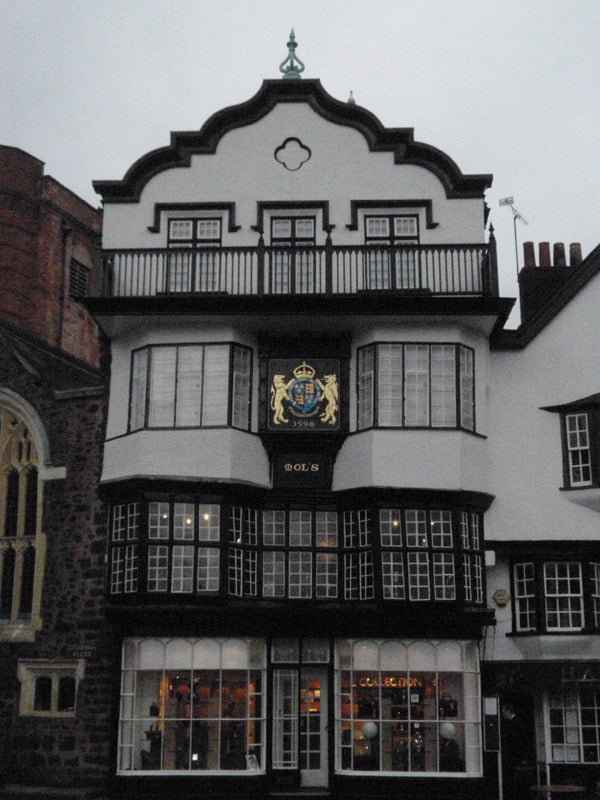
This is the full frame at 1600 ISO.
—-
”A range of general test shots are shown over the next two pages. In some cases, the full size image has been reduced for bandwidth purposes, and a crop taken from the original full resolution image has been placed below it to show the overall image quality. Some other pictures may be clicked to view the original full-size image.”
—-
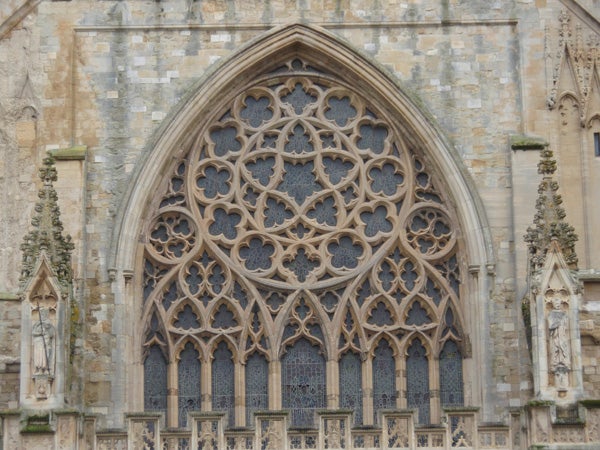
Here’s the usual detail test shot of the West Window of Exeter Cathedral, for you to compare with other cameras. See below for a full res crop, or click to see the whole picture.
—-
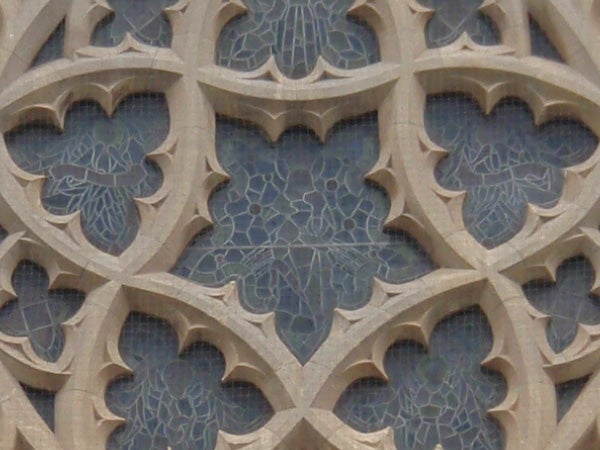
The level of detail is not significantly better than the mju 780.
—-
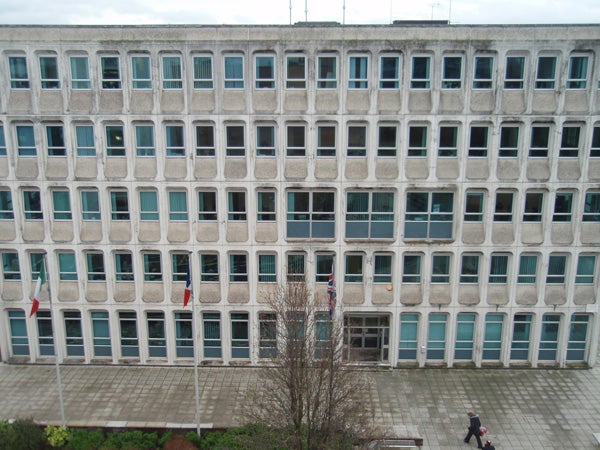
The lens produces relatively little barrel distortion at wide angle. The horizontal and vertical lines in this picture are virtually straight. The two images below are crops from the centre and corner of this frame.
—-
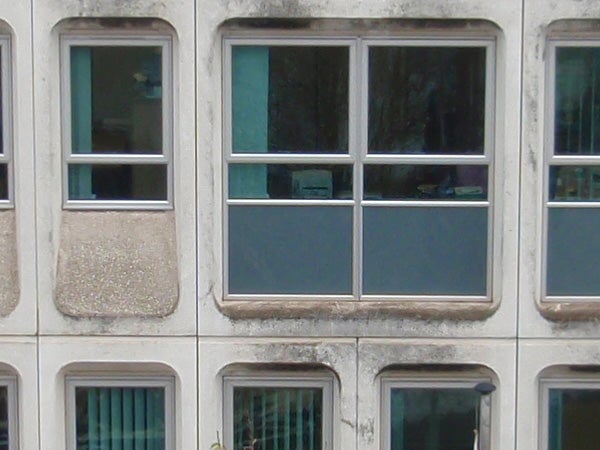
Sharpness is very good at the centre of the frame.
—-
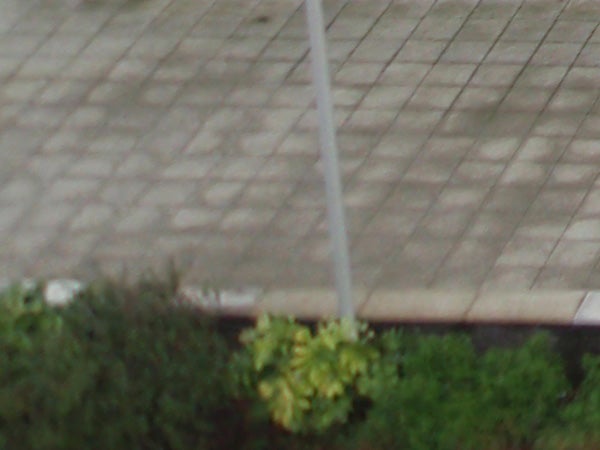
However there is quite bad corner blurring. Again compare this to the mju 780.
—-
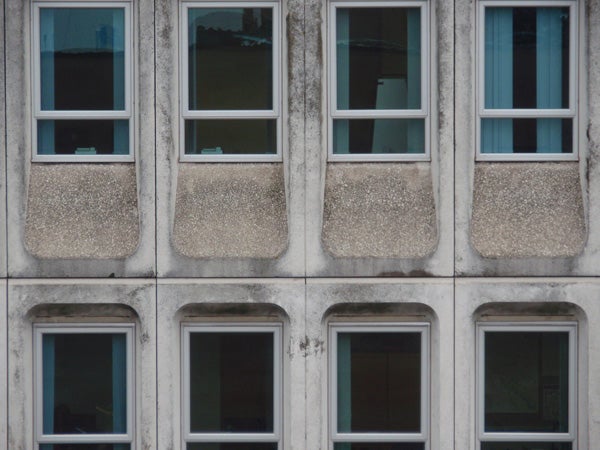
Pincushion distortion at the telephoto end is also minimal.
—-
”Here are some general test shots to help evaluate the camera’s overall image quality, including the zoom range of the lens. Some pictures may be clicked to download the full size original image.”
—-
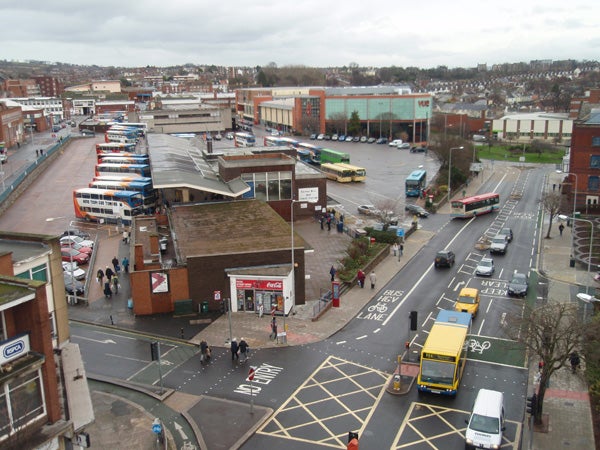
It would have been good to see a proper wide-angle lens, but it only goes as far as 36mm equivalent.
—-
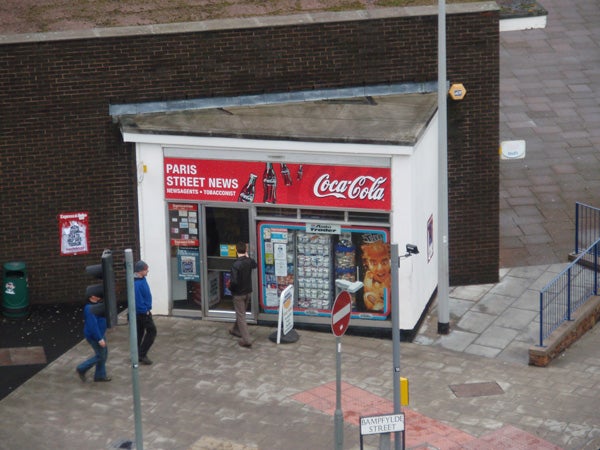
The telephoto end is equivalent to 180mm.
—-
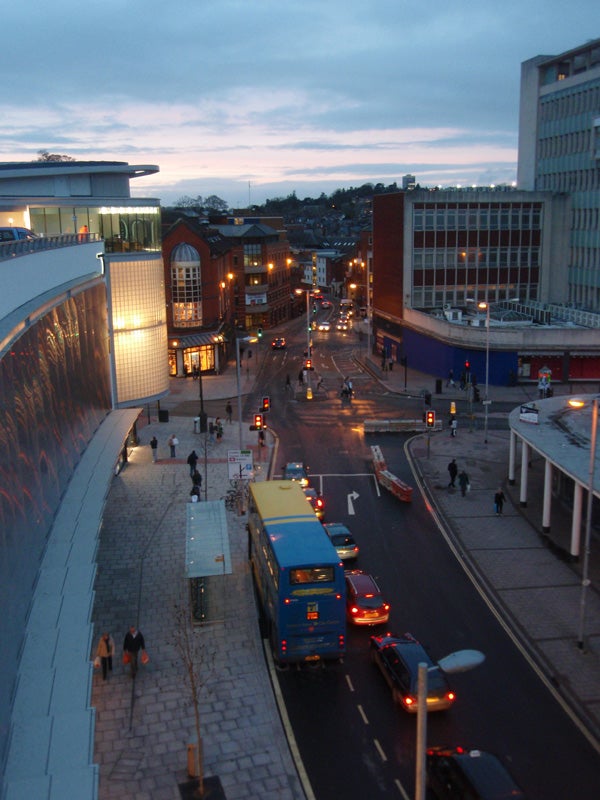
Colour reproduction and exposure are excellent, and there’s no denying that the 830 can take a good picture under the right circumstances.
—-
Trusted Score
Score in detail
-
Value 8
-
Image Quality 7
Features
| Camera type | Digital Compact |
| Megapixels (Megapixel) | 8 Megapixel |
| Optical Zoom (Times) | 5x |
| Image Sensor | CCD |
| Image Stabilisation | Electronic |
| LCD Monitor | 2.5 in |
| Flash modes | Auto Flash, Red-eye Reduction, Flash OFF |
| Video (max res/format) | 640 x 480 |
| Memory card slot | xD-Picture Card |

